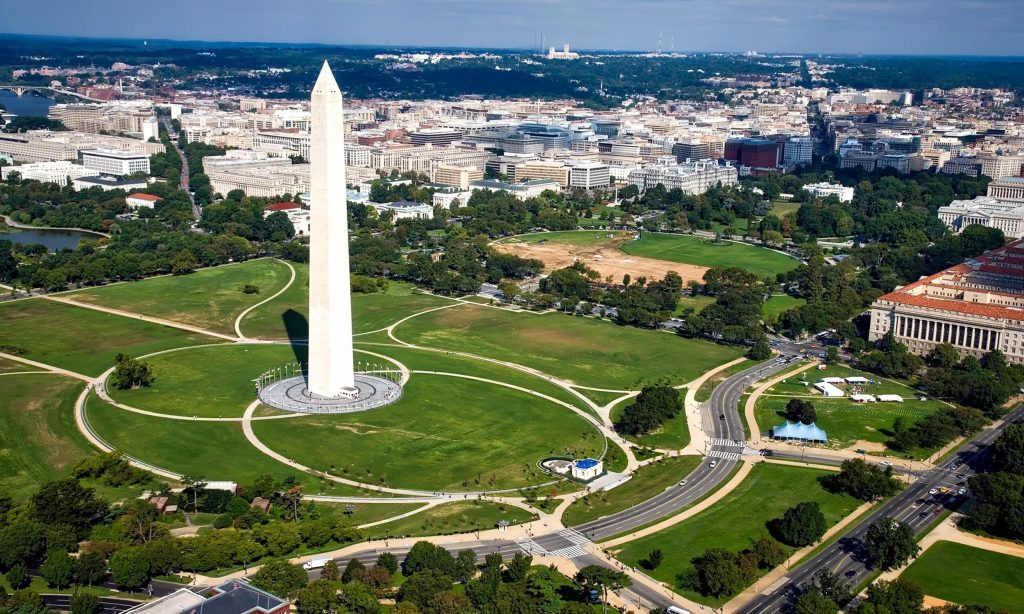The city was founded in 1790, after the newly formed United States government decided to establish a permanent capital in the newly acquired territory between Maryland and Virginia.
The city was named after George Washington, the first President of the United States, who played a crucial role in its establishment. He personally selected the location for the city and oversaw the design of its layout, which was based on the principles of neoclassical architecture.
During the early years of the city’s existence, Washington DC was a bustling center of political activity. It was here that the United States Congress met to pass laws and make decisions that would shape the future of the country. The city also served as the residence of the President, who lived in the White House, which was completed in 1800.
Over the years, Washington DC has played a pivotal role in many of the most significant events in American history. During the Civil War, the city was a key battleground, and it was here that President Abraham Lincoln delivered his famous Gettysburg Address in 1863.

In the decades that followed, Washington DC continued to grow and evolve. The city became a hub of cultural activity, with museums, theaters, and other institutions popping up throughout its streets. It also underwent a significant transformation in the mid-20th century, as the federal government invested heavily in infrastructure and urban renewal projects.
Today, Washington DC remains a vibrant and dynamic city, with a rich cultural heritage that continues to draw visitors from around the world. From its iconic monuments and memorials to its world-class museums and galleries, the city is a testament to the enduring legacy of the United States and its commitment to democracy, freedom, and progress.
